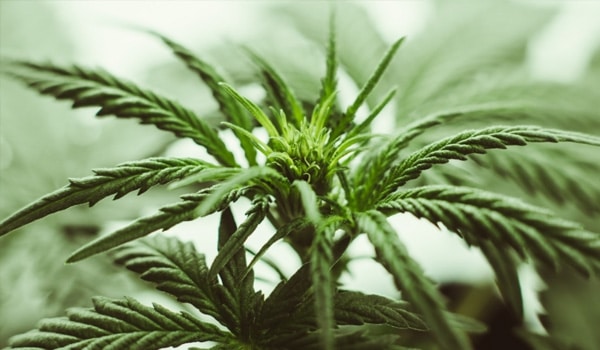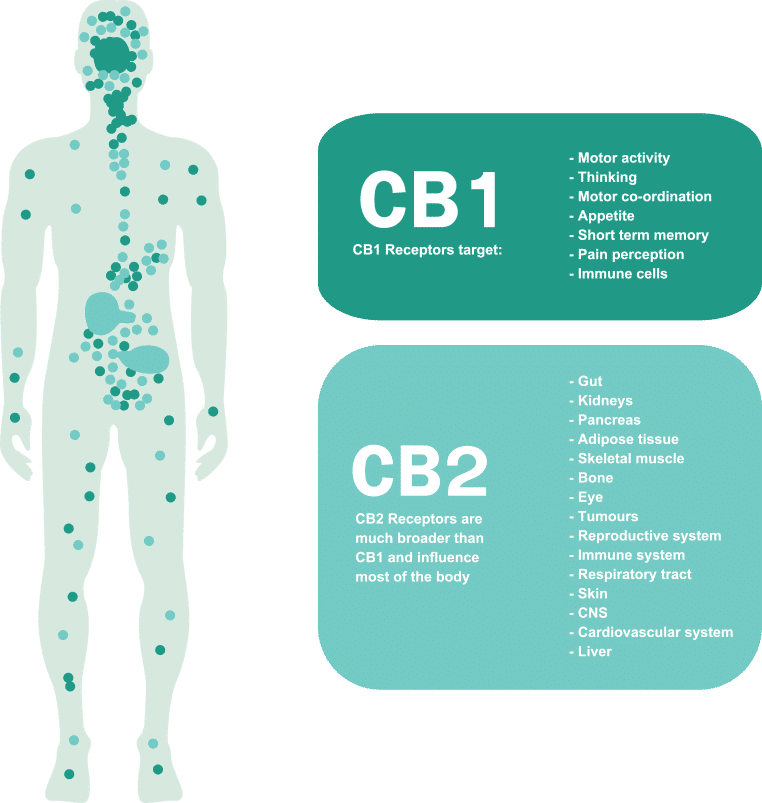- Tetrahydrocannabinol (THC), is the more famous (or should we say infamous) of the two. It is a psychoactive compound. THC is associated with the pleasant “high” that users experience after ingesting or smoking marijuana. Furthermore, if you absolutely cannot do without your weekly or daily dose of marijuana, blame it on THC.
2. The other compound is a lot more interesting. It’s called CBD or Cannabidiol. It is a non-psychotropic compound. CBD or Cannabidiol has shown immense promise in medicinal, as well as therapeutic applications. Non-Psychotropic means that it does not cause the high that THC does. Instead, it helps the body in many, many other ways. We’ll explore more about Cannabidiol shortly.




